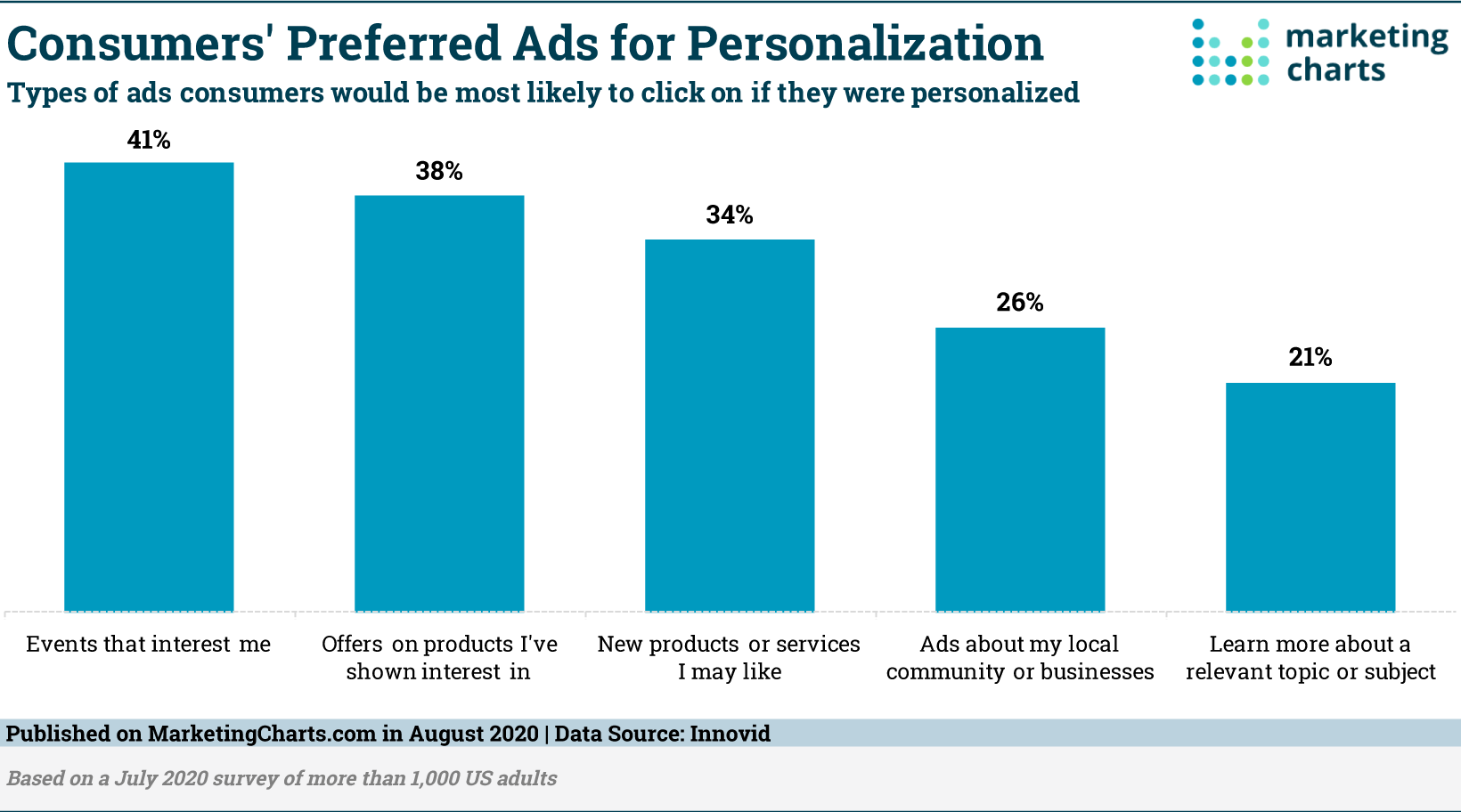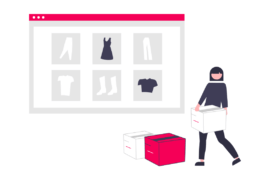Here are 5 steps to follow for a successful ad engagement strategy that publishers can’t ignore in 2023.
If you are an ad publisher, I am sure that you must have often wondered why certain ads hit the right note reaching just the right audience and pulling all the right strings.
The main reason behind this is that they leverage ad engagement strategies that are effective, efficient, and highly personalized at the same time. These strategies are what enable the ads to grab the attention of the users and keep them glued to their screens.
For example, did you know that advertisement engagement on Instagram is almost 10 times higher than that on Facebook? (Source:Websiterating.com)
In fact, research has also shown that 59% of advertisers are of the opinion that Instagram actually offers the maximum engagement rate among all other social media platforms.
Keep updating your account by changing your email on Instagram if you are using an old email on it and now you are using a single email address for all social media accounts.
Also Check: Ad Layout Optimization by AdPushup
Now, with all these statistics often getting a little overwhelming, online ad publishers are often found wondering how to procure more subscribers and create a deeper connection with the target audience.
GlobalData, one of the leading data and Analytics companies, has predicted that the ad-tech industry will continue to grow from $438 billion (2021) to a whopping $1 trillion (2030), a phenomenon that will undoubtedly bring about a revolution in the sphere of advertising and digital strategies.
Keeping up with the trend, more and more companies are increasing their expenses under the digital ad head, and online publishers are leaving no stones unturned to keep their audience hooked to their ads through successful ad engagement strategies.
Here are the five most effective engagement strategies for online publishers looking forward to making it big in the market:
5 Ad Engagement Strategies to Follow in 2022 & Beyond
Personalized Advertisements Topping the List

For making ads more personalized, what better way than to peep into the minds of users? Data and analytics can help you achieve this end like never before.
Reading habits, behavioural patterns, interests, and browsing patterns of users will prove to be extremely useful in chalking out an effective strategy in terms of building personalized advertisement content.
Another thing to keep in mind is to make these personalized ads relevant as well. For example, it makes no sense to advertise the best winter clothes to a user residing in an area where temperatures hardly dip, even if the user had purchased multiple sweaters in the past.
So Relevance, coupled with user experience, is what will make your data actually effective and efficient enough to give you palpable returns.
Also Read: Index.hr, Croatia’s Biggest Media Publisher, Witnessed a Revenue Uplift of 541%
Find Alternatives of Cookies for Your Ads
After Google’s announcement regarding phasing out third-party cookies by 2024, it makes sense to look for alternative ways of collecting data on users, maintaining transparency, and adhering to the new privacy standards at the same time.
So businesses are now trying to consider several alternate digital strategies for advertising that are contextually targeted, and this might be made possible through user interests and keyword searches.
Some companies like Britepool are trying to come up with a different way of user tracking instead of cookies – encrypted email addresses. It can help marketers track the behaviour of different users on various networks revolving around specific topics, content preferences, or categories. This definitely has a considerable impact on online strategies of marketing.
Mobile Optimization – The Unsung Hero
It can never be emphasized enough how usage of mobile has increased over the past few years. The Covid 19 pandemic situation has only added fuel to the situation where increasingly more people of all age groups have taken to mobile phones, spending considerably long hours browsing the internet, especially on social media.
So it goes without saying that optimizing mobile advertisements will result in greater conversion rates from new customers and, thus, greater profits.
This is where the digital strategies come in to shake hands with the changing scenario. Optimization of loading speed, responsiveness, performance, and user interface of the ads will help convert in much lesser time and lesser hassles. The revenues will come in faster too.
Strong Online Communities
How do ad publishers create a reputation strong enough so that their online presence itself can create considerable traction among users? Social media can be one of the most plausible answers to this question in this era of digital upheaval. A strong social media presence will drive people to trust the publishers more and accept them as authorities much faster.
Creating communities within their pages and platforms can also help build loyalty with the users, as they can witness some genuine interactions here. Publishers can also draw inspiration from here, appealing automatically to the personal connection with the users. This will automatically improve sales and conversions as people would accept their offerings as more valuable and worthy.
SEO Stays Back
Ad publishers mostly rely on the traffic that is generated from social media and search engines when it comes to promoting their content.
But in order to maximize this traffic, it is indeed necessary to invest more in SEO and arrange to follow the different SEO trends and practices. Also, monitor your SEO efforts by using the Google rank tracker to know the performance of your website in the SERPs.
SEO is not all. Focus also should be on the quality of the content and the visual appeal along with various AI technologies so that audience targeting and engagement can be made possible to the greatest extent.
Some More Tips and Tricks to Remember
Give users multiple scopes to engage. Just one primary link to the landing page just won’t do. Maybe consider adding a secondary link to your requests page or something similar.
Native ads are also pretty nifty in increasing your conversion rates. It is the kind of ad that can blend in with your page and might be in the form of your logo on the page of a news story or something similar.
Don’t make the users work and click too much. Try to create a scope for engagement on the same web page instead of making the user go through layers of web pages and a series of links. Conversion rates will be higher and faster too.
Why don’t you just for it? Research has shown that users are asked to do something specific like retweeting or downloading rate charts etc., and the engagement rate goes higher, also consequently improving the rate of conversion.
Interactive media always work when it comes to engagement. Try making yourself feel heard. Consider including puzzles, quizzes, contests, and assessment tools to engage more users. But make them meaningful too, and not just for the sake of using them.
Essentially, all the strategies of engagement that are in use in modern times are highly efficient. Ad tech is one of those areas which is improving exponentially on a regular basis. So try and implement the strategies that we have already discussed, and in case they are already implemented, try improving on them as far as possible and see conversion magic happen.
Frequently Asked Questions
It is always better to use a balanced combination of various engagement strategies instead of concentrating all your focus on one. Try to use your engagement techniques both offline and online to see the best results.
Ad engagement strategies can be described as a method of streamlining ad activities and interactions so that customer experience can be improved to a great extent. This involves making the customer relationships better, boosting customer satisfaction, and delivering superior quality customer experiences.
Make the ads relevant.
Make them interactive and fun.
Use video and audio to boost engagement.
Involve the audience by asking questions.

Shubham is a digital marketer with rich experience working in the advertisement technology industry. He has vast experience in the programmatic industry, driving business strategy and scaling functions including but not limited to growth and marketing, Operations, process optimization, and Sales.





![28 Best Supply Side Platforms (SSP) for Publishers in 2024 [The Complete List] Supply Side Platforms](https://www.adpushup.com/blog/wp-content/uploads/2022/05/undraw_chore_list_re_2lq8-270x180.png)

